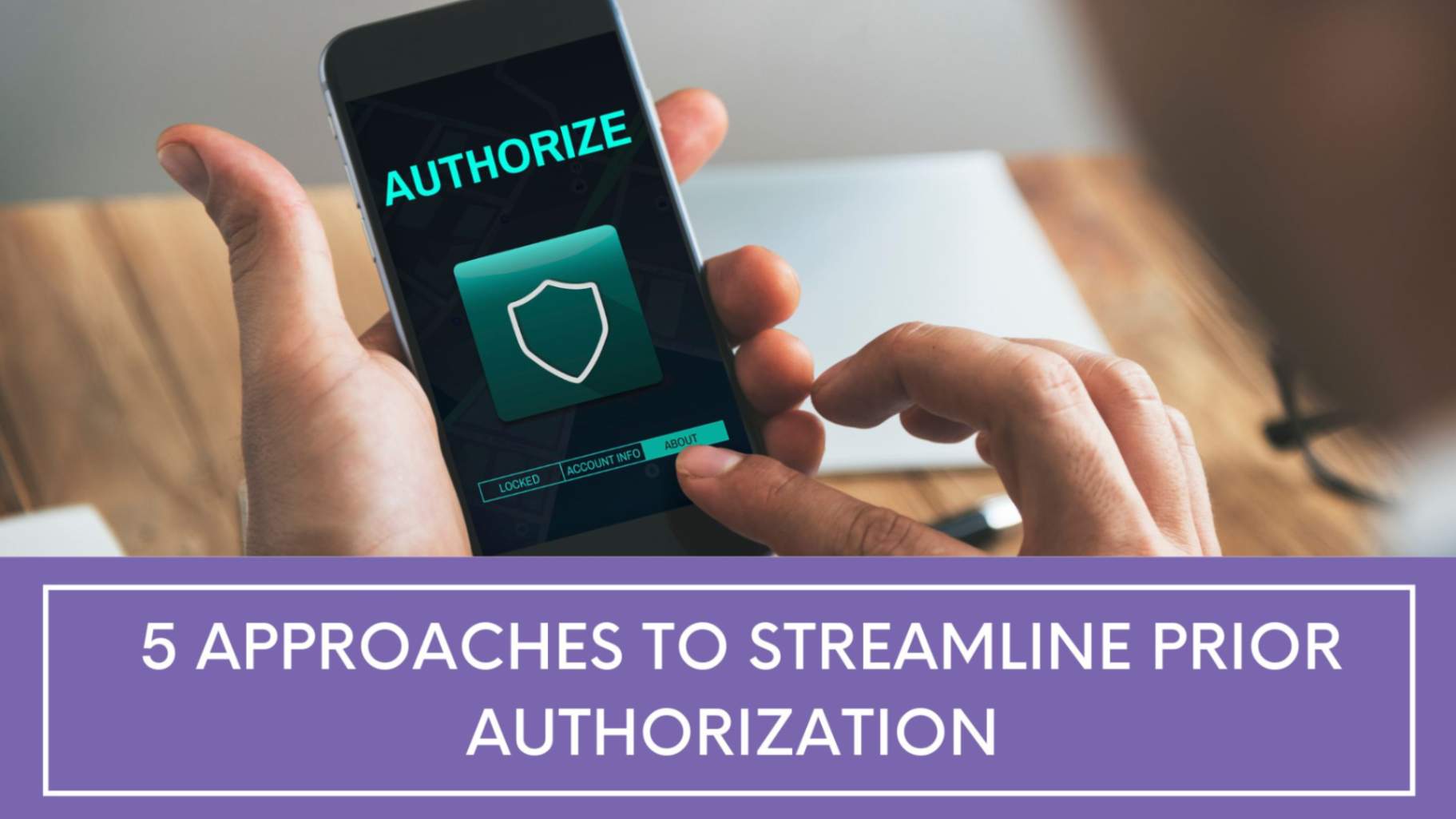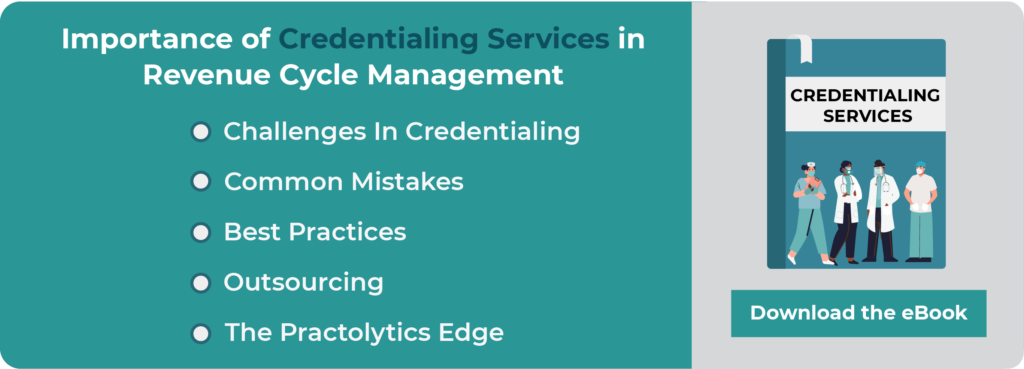5 Approaches to Streamline Prior Authorization
The phrase “prior authorization services ” may be daunting to doctors and other healthcare professionals. In the dictionary, the term “stress” would be right next to the term “prior authorization.”
Prior authorization has existed for decades, but hardly anything has been done to alleviate the burden on physicians. In a 2019 survey taken by the Medical Group Management Association (MGMA), 90% of respondents stated that prior authorization requests had escalated over the past year. It’s no surprise that these same respondents mentioned prior authorizations as a “strain on medical resources.”
As a customer success manager at Practolytics, I collaborate with hospitals and big health systems around the country to improve their prior authorization process, resulting in much faster prior authorizations for my customers. Much of the effort includes documenting existing processes and implementing best practices within the workflow to streamline the Medical prior authorization process.
Table of Contents
Here are some strategies for achieving faster prior authorization turnaround times:
1. Make use of online payer submission sites
More and more payers are launching online prior authorization submission portals, which can reduce the time it takes to receive prior authorization to as low as 24-72 hours. Online portals enable practitioners to continually monitor the progress of their submissions, reducing the time spent on hold with payers and potentially reducing the total number of calls a staff member must make to the payer.
2. Make full use of your EHR
Although Electronic Health Records (EHR) have revolutionized clinical documentation and patient interactions, very few doctors use the resources within their EHR to automate their workflow. Surprisingly, even with an EHR, a large majority of clinicians continue to print and file patient charts. Having both physicians and staff use their EHR features optimally, such as order generation and clinical documentation, may greatly reduce submission disruption and result in quicker prior authorizations.
3. Reduce the number of peer reviews
Prior to requesting prior authorization, it is crucial to confirm that your staff is knowledgeable about the various payer criteria. If not, peer reviews can take place. A prior authorization that normally takes two business days to approve now takes ten business days due to the necessity for peer-to-peer review. You may reduce peer-to-peer reviews and shorten approval timelines by ensuring your team knows the payer criteria.
4. Streamline your workflow
The key to simplifying the prior authorization submission process is reducing bottlenecks in your workflow. To speed up the prior authorization process and eliminate bottlenecks, improvements can be achieved by using payer portals, researching payer criteria ahead, and wrapping up encounter notes within 48 hours.
5. Make use of artificial intelligence
Never be scared of change. Utilize the technology that can eliminate all needless manual workarounds for obtaining a prior authorization by starting to use prior authorization AI. Learn more about Practolytics’ AI end-to-end solution and how it can help you accelerate prior authorizations and increase the capacity of your health system to provide higher-quality treatment.
We are game changers
Despite the fact that payers are demanding an increasing number of prior authorizations, Practolytics has beaten the trend: fewer professionals are burdened by prior authorization work, and they spend less time on it. Practolytics has retrieved lost revenue and increased the financial bottom line, thanks to quicker prior authorizations and better scheduling.
Practolytics’ AI’s capacity to assist with complicated activities such as assessing clinical paperwork and grading medical necessity factors reduces the strain on doctors and their staff. Practice leaders who are irritated by their own prior authorization difficulties should turn towards AI and automation technologies as potentially beneficial tools in their drive to provide better, quicker patient care.
ALSO READ – Ways to Avoid Common Medical Billing & Coding Errors
Talk to Medical Billing Expert Today — Get a Free Demo Now!






